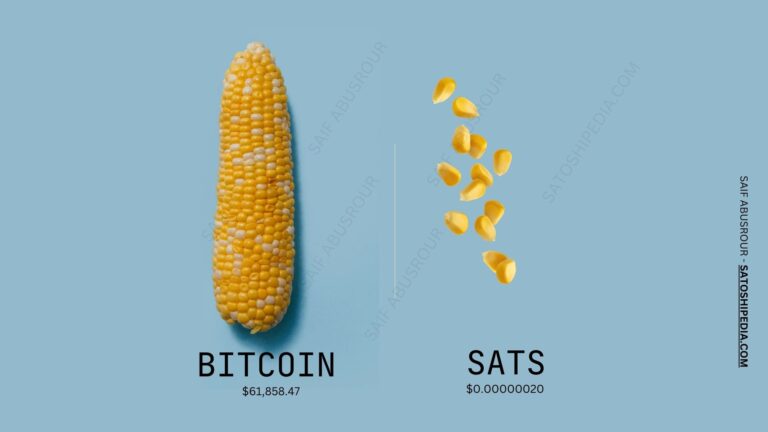As Bitcoin ETFs bask in the spotlight, many individual crypto investors are feeling disillusioned, left behind in what feels like an increasingly exclusive market. While the introduction of Bitcoin ETFs was initially hailed as a massive win for the crypto space—bringing more institutional money, attention, and credibility—the reality is that not everyone is benefiting. In fact, the growing success of Bitcoin ETFs is revealing a deepening divide between institutional investors and the everyday traders who first helped push Bitcoin and cryptocurrencies into the mainstream.
Bitcoin ETFs, which allow investors to gain exposure to Bitcoin without owning the asset directly, have seen tremendous success recently. These financial products have opened the doors to larger, more traditional investors, including hedge funds, pension funds, and even everyday people looking to add a bit of crypto to their retirement portfolios. On the surface, this should be a win-win. More liquidity and broader acceptance in the financial world should benefit all crypto investors, right?
But for the average retail investor—the kind of person who has been buying Bitcoin on exchanges or using decentralized wallets—the growing influence of Bitcoin ETFs feels more like a threat than an opportunity. One of the core appeals of Bitcoin has always been its promise of decentralization, of breaking free from the traditional financial system and its gatekeepers. Bitcoin was supposed to be for everyone. Now, with the rise of Bitcoin ETFs, there’s a sense that control over Bitcoin is slipping back into the hands of the very institutions it was meant to bypass.
Adding to this feeling of disillusionment is the fact that many retail investors are struggling to keep up with the broader crypto market. Bitcoin’s price has been moving sideways or downward for much of the year, leaving many individual traders sitting on losses, while institutional players seem to be the only ones making profits. Some traders feel the market is being manipulated to favor these large investors, leaving smaller, independent traders behind.
At the same time, stablecoins—the digital currencies pegged to traditional assets like the U.S. dollar—are growing in value but not in terms of their share of the crypto market. According to JPMorgan, stablecoins are becoming more valuable in dollar terms, but they are no longer taking up the significant portion of the crypto market they once did. This shift is yet another signal that the crypto market is evolving, and not always in ways that benefit the original crypto enthusiasts.
For many in the crypto space, this all feels like a betrayal of the ideals that first made Bitcoin and other cryptocurrencies so exciting. The dream of a decentralized, open financial system is being overshadowed by big money interests and complex financial products like ETFs that the average person doesn’t have easy access to.
So, where does that leave the everyday crypto trader? For some, it’s a moment of reflection. Should they stay the course, holding onto their belief in Bitcoin’s original promise, or should they adapt to this new reality where traditional financial institutions play a much bigger role in shaping the market? For others, it’s a call to double down on decentralized finance (DeFi) and other parts of the crypto ecosystem that are still committed to empowering individuals rather than institutions.
In any case, the rise of Bitcoin ETFs is undeniably changing the landscape of crypto investing. Whether that’s for better or worse depends on where you stand. But one thing is clear: the market is shifting, and the days of easy profits and simple narratives are likely behind us. It’s a complex world out there, and crypto traders need to be more vigilant than ever to navigate it.



